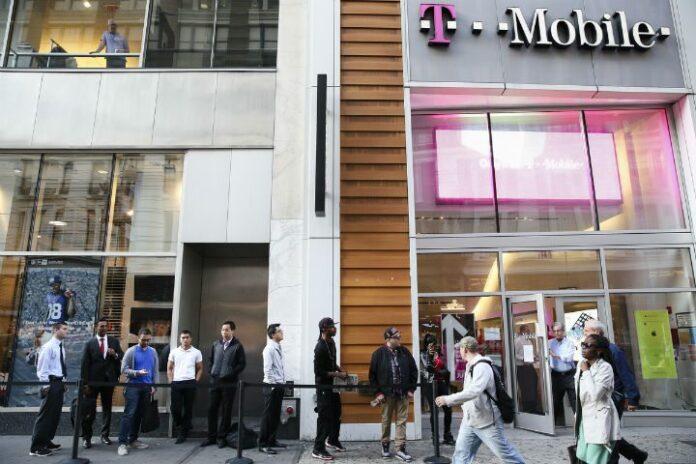Both carriers cover 280M with LTE; Verizon, AT&T report coverage for more than 300 M
Speaking this week at a media and communications conference, T-Mobile US CTO Neville Ray said the “uncarrier” now can cover 280 million with its LTE network, the same as chief competitor Sprint .
Verizon Wireless and AT&T Mobility are the largest domestic carriers with LTE coverage for 300 million people each. T-Mobile US, formerly lagging behind Sprint in coverage numbers, has apparently closed the gap.
Ray made the comments at the MoffettNathanson Media and Communications Summit held this week in New York City.
Reportedly, T-Mobile US aims to cover 300 million people with LTE by the end of 2015.
Earlier in the month, Sprint was able to keep T-Mobile US at bay thanks largely to strong prepaid, postpaid, tablets and its resale business, according to quarterly financial reports.
Sprint said it added 1.2 million net connections during its fourth fiscal quarter ended March 31, pushing its total connection base to 57.1 million at the end of the quarter. That is just ahead of the 56.8 million net connections reported by T-Mobile US at the end of the same period.
T-Mobile US CEO John Legere took that situation to bolster his previous forecast that T-Mobile US would be the No. 3 operator by the end of last year, a prediction he was forced to admit may have been a bit off following the numbers released by Sprint.
T-Mobile US upped its postpaid customer growth forecast for the full year from 2.2 million to 3.2 million new connections to between 3 million and 3.5 million net additions. Those numbers look to be supported by management claims of growing postpaid porting ratios compared with its rivals that increased from 1.7 during the fourth quarter of last year to 1.93 during Q1. T-Mobile US CEO John Legere told investors that number has further increased to 2.2 during the first month of Q2.
More specifically, Legere said that when compared with Verizon Wireless, porting ratios have increased from 1.4 during Q4 last year, to 1.6 during Q1 and are at 1.8 so far in Q2. Compared with AT&T Mobility, porting ratios have increased from 1.8 in Q4, to 1.85 in Q1 and to 2.05 in Q2. And Sprint, which Legere said was doing “some interesting things,” has seen its postpaid porting ratio climb from 2.2 in Q4, to 2.45 in Q1 and is at 2.75 through the first month of Q2.

